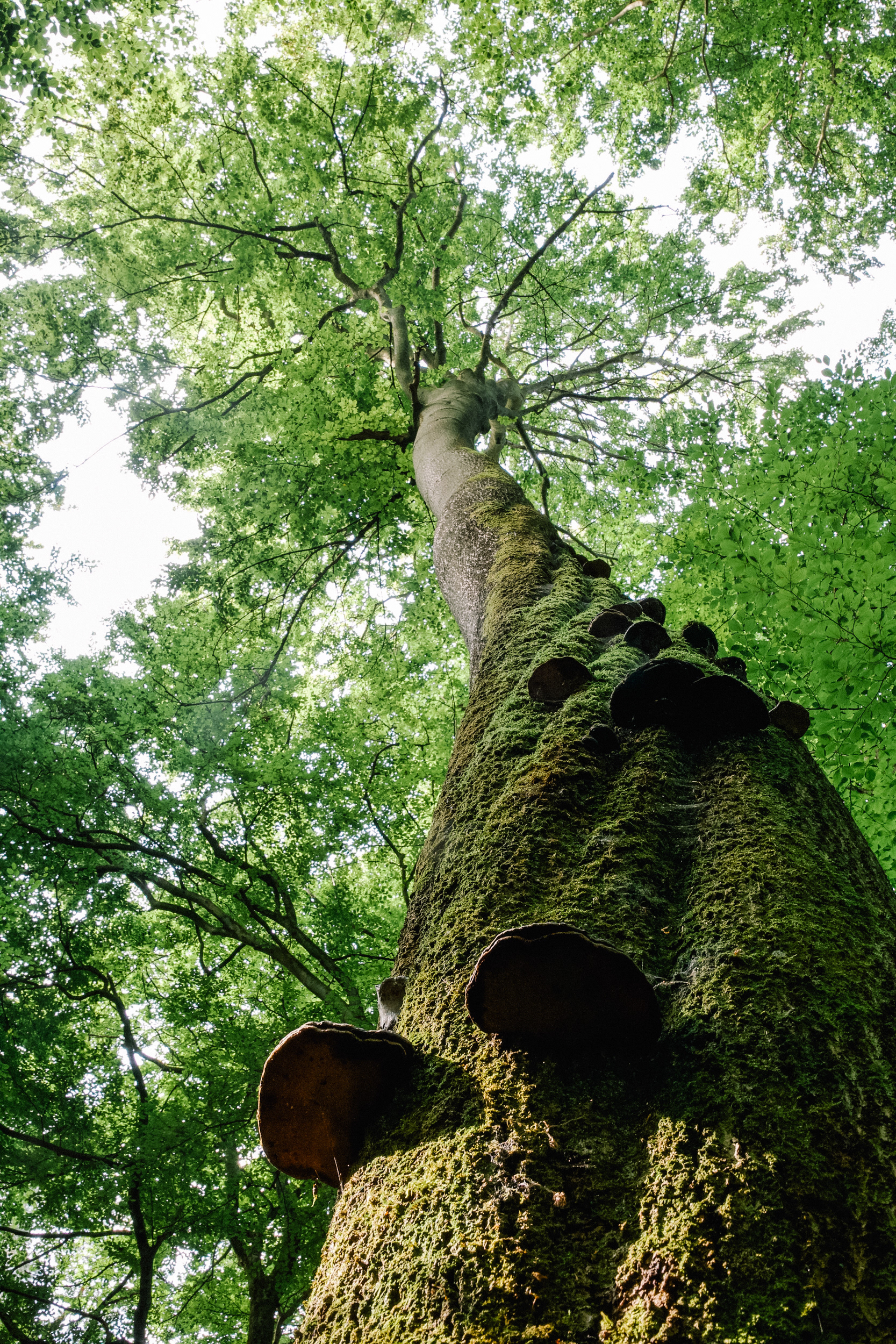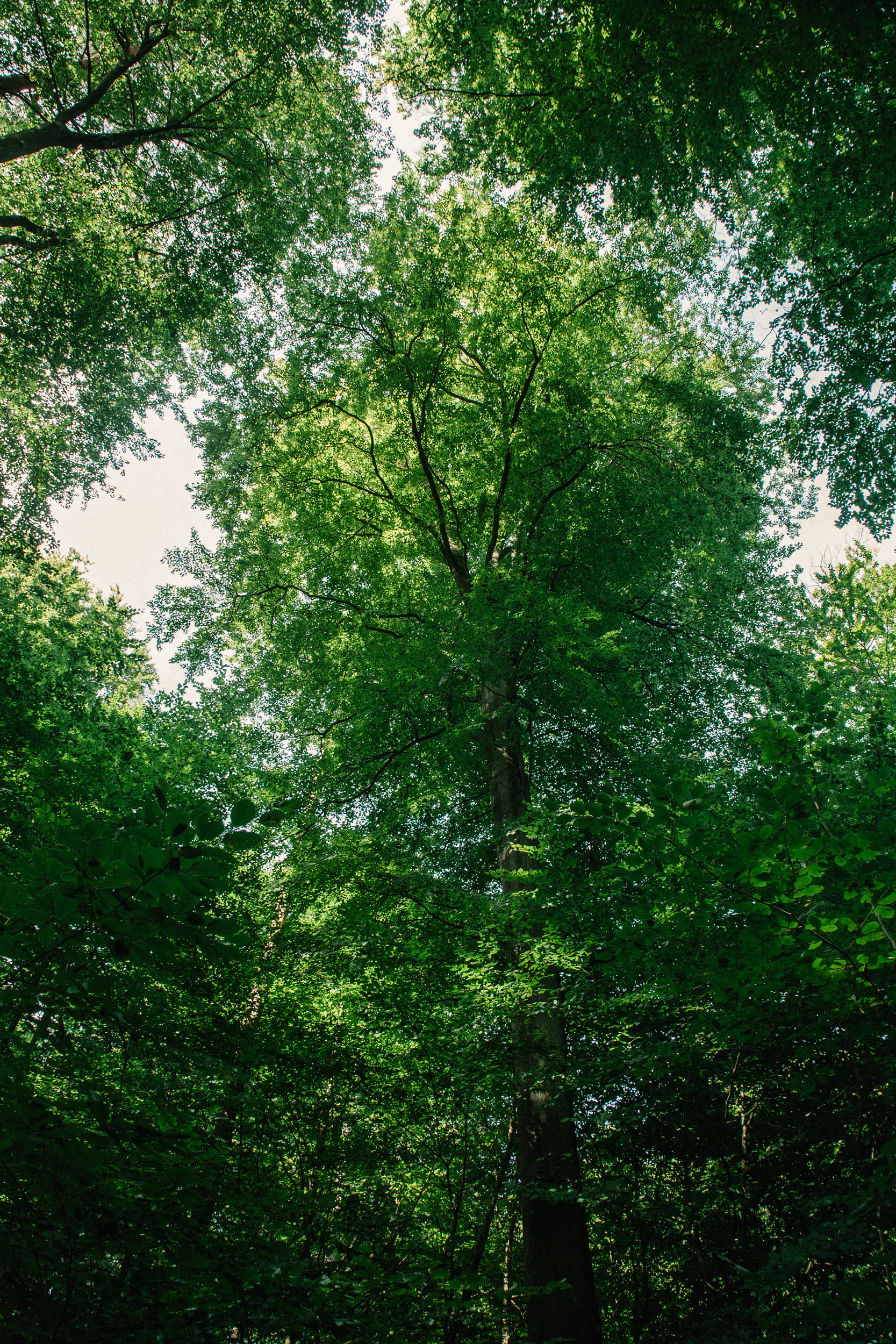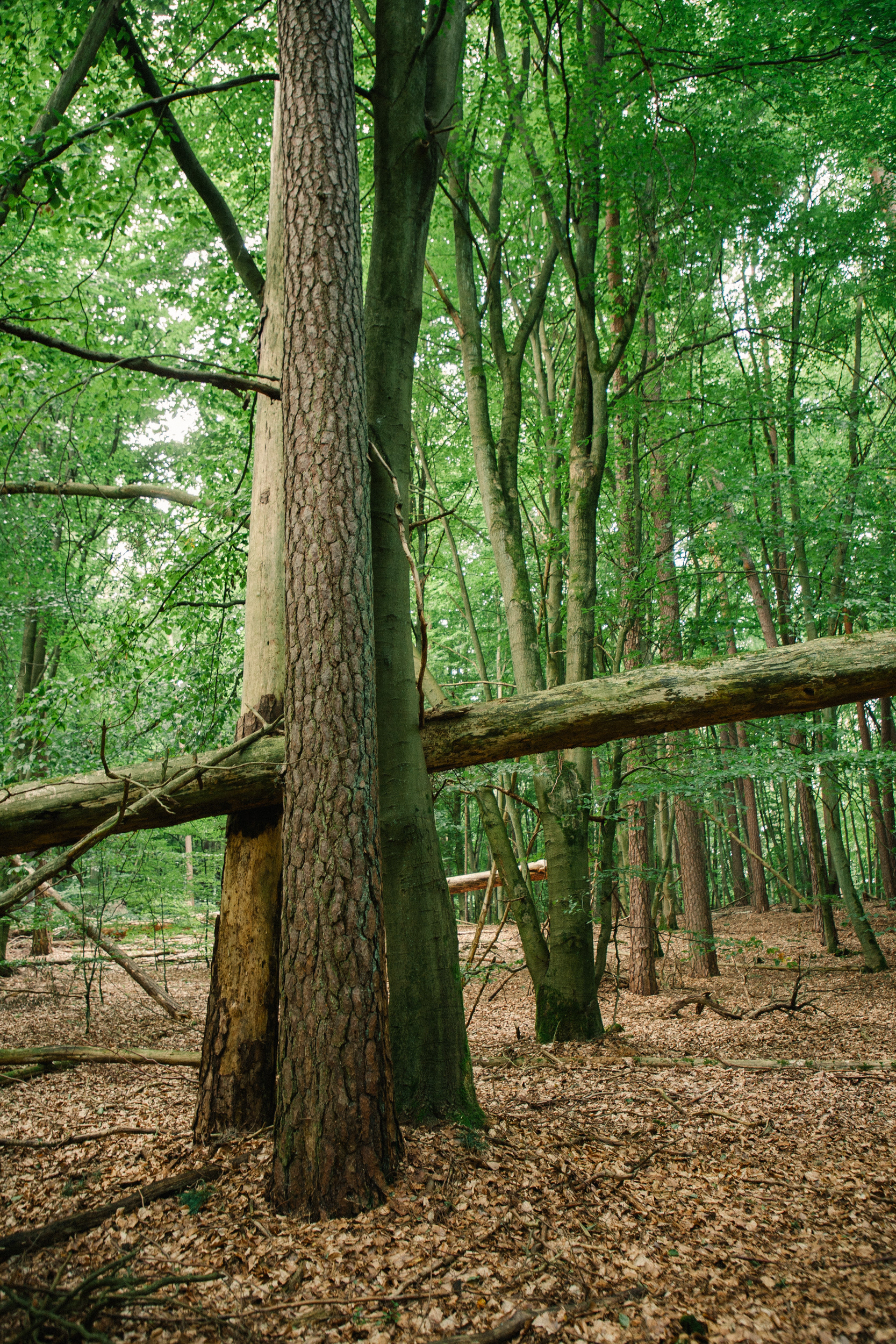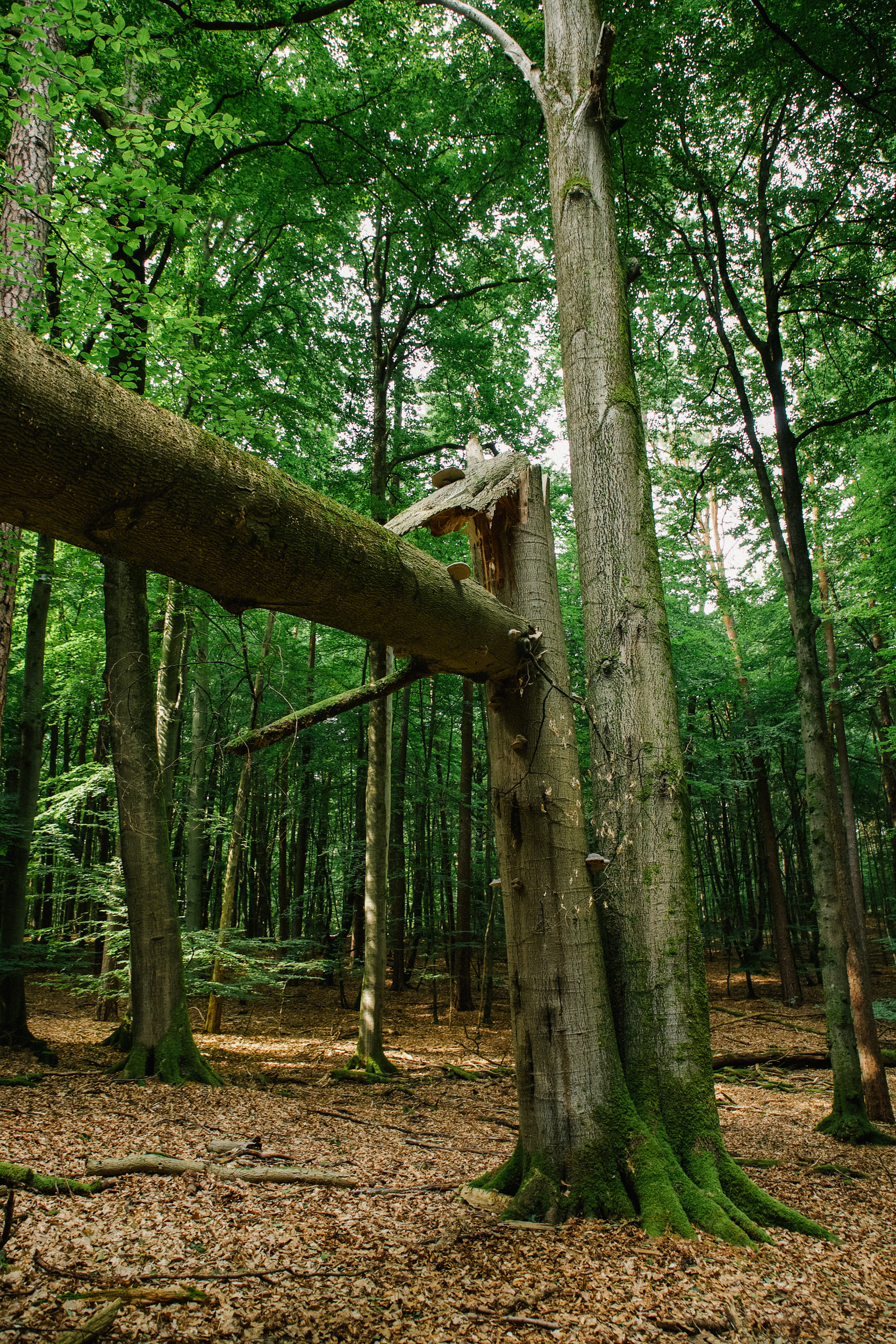Tomorrow's wilderness
Pure beech forests are only exist in Central Europe, especially in Germany. The Müritz National Park protects an unmanaged natural beech forest which should develop as tomorrow's wilderness: Serrahn. I had the rare chance to take pictures within the core protection area in August, 2021.
Serrahn is part of the five "Ancient German Beech Forests" that form a World Natural Heritage together with the "Primeval Beech Forests of the Carpathians". The old forests represent the continuous ecological process of the reoccurrence of the Copper beech (Fagus sylvatica purpurea) following the post-glacial period as well as the biological diversity of natural beech forests.




Serrahn shows the carbonate-free variant of the lowlands beech forest. The trees are growing on Ice Age sands. After an almost complete clearing during Slavic or early-German times, a beech forest developed which in part has not been cultivated for more than 50 years. Today it represents the development cycles of beech forests in an impressive way.
The oldest beech trees have grown for about 300 years before they slowly died. The living trees as well as the deadwood are habitats for lots of fungi, insects, spiders, birds and other animals. Many of them are rare and protected species. Just to mention one fungus: the Coral tooth fungus (Hericium coralloides, see picture above).